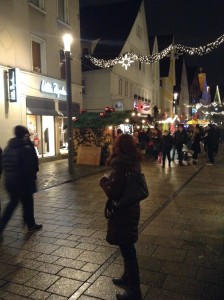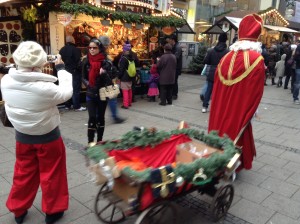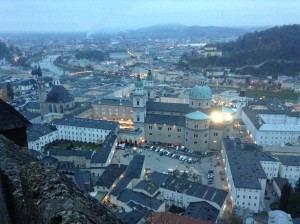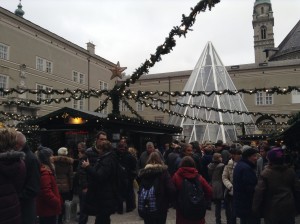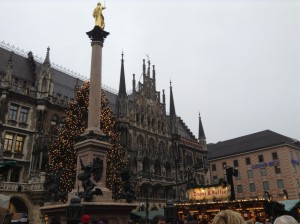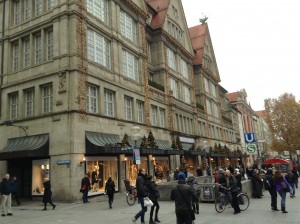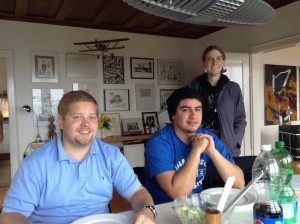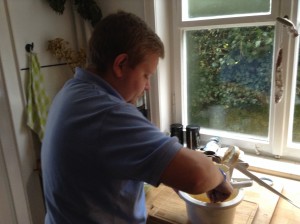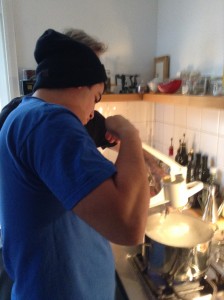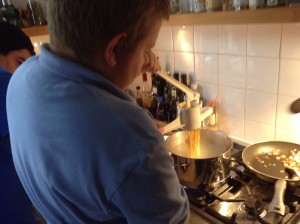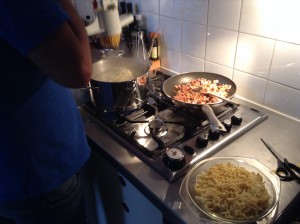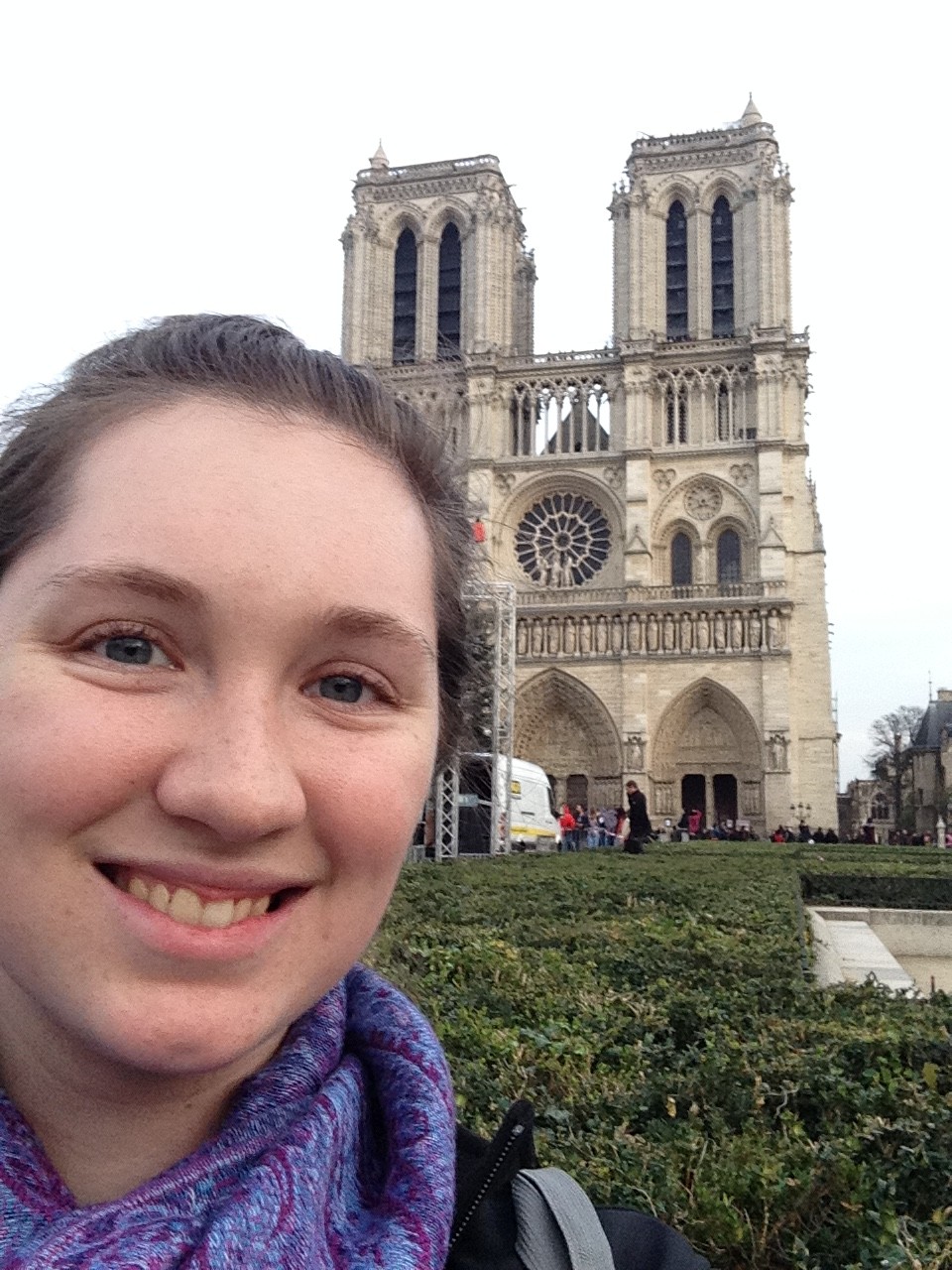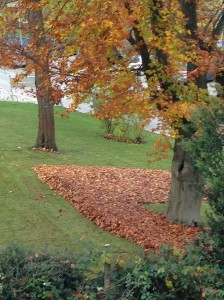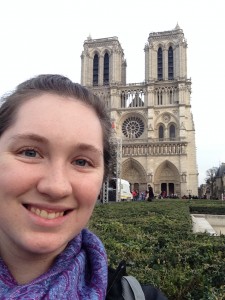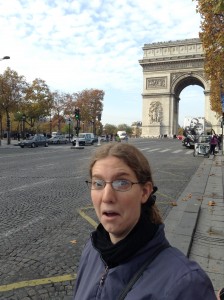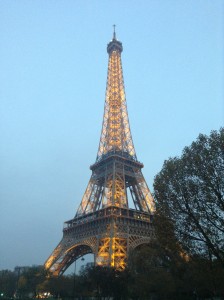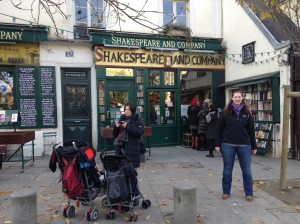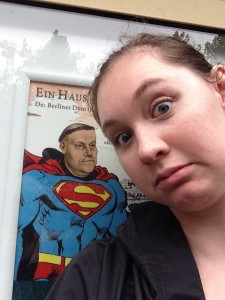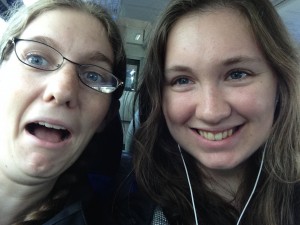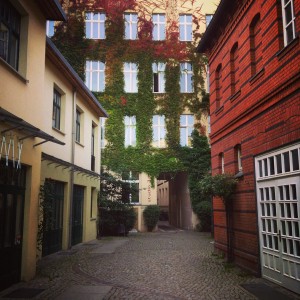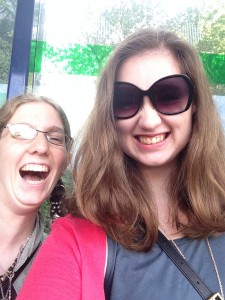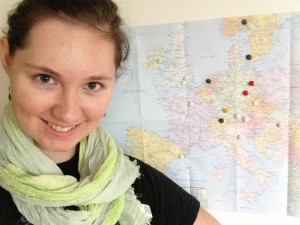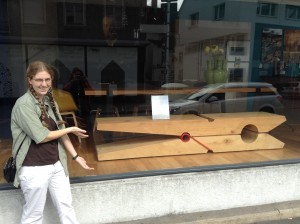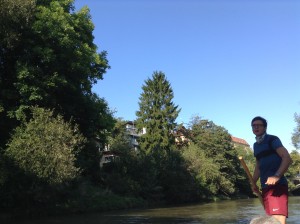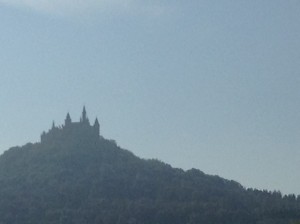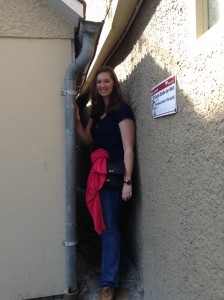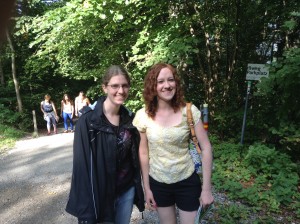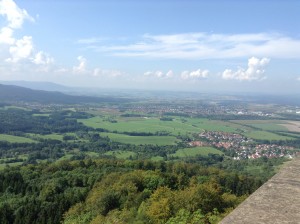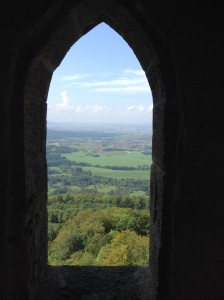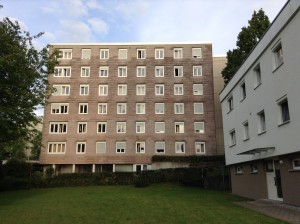Everyone who has ever studied abroad comes home saying the same thing:
“It was the best time of my life! I learned so much! Saw so much! Everyone should study abroad!”
I’m not home yet (I won’t be until June, as I have an internship next semester here awaiting me), and so I’m not going to echo what so many study abroad people before me have said. Those are the kind of people that tend to make me suspicious, whose blind adoration is intimidating, rather than welcoming. I will instead, lay down the reasons that you shouldn’t study abroad. No, I’m not going to go into logistics, like money, time, or the other details that can prevent you from heading off to see the world. These are the things that ensure that your time abroad will be wasted.
Like everything else, going off to learn and experience life in a foreign country can be pretty awesome while simultaneously being very awful. You have to take the good with the bad, like how engineering majors balance heavy workloads and sleepless nights for a challenging rewarding career. If these cons outweigh the many, many advantages of study abroad, don’t go.
Why You Shouldn’t Study Abroad:
1. You absolutely cannot function outside of your controlled environment. You are the kind of person who is absolutely worthless when you don’t have your coffee at precisely 9 am, when your alarm clock isn’t set to the loudest buzzing known to man, when the class schedule varies a bit. You plan everything, and everything is organized. Study Abroad, is not for you, my precise friend. There will be too many unknowns, and you will be unable to predict them. It’s really okay. I’m not judging you for this, as you are probably the person who keeps the world running when I’m off traveling.
2. You are deathly afraid of not understanding what’s going on. If you depend on understanding everyone else’s words, and the cultural norms, study abroad is not for you. There is never a moment that you will ever be able to understand every aspect and every conversation in a new culture. More importantly, study abroad requires a brave heart, one that does not cower in the face of the new and unknown.
3. You cannot survive without your support network, or you are the key support for someone else. If you rely on a group of people to navigate all life matters, you will be lost in the lost distance world of time zone changes and internet communication. You will not have the means or time to contact home everyday. While the internet has made communication across the pond much, much easier; it cannot fix all ills. If you need to be in someone’s physical presence, you should not study abroad.
4. You don’t think experience is a good way to learn. If you think the best way to learn is in a classroom, from a textbook, written by an expert, instead of by your own life, then do not study abroad. You will not get anything from the myriad events and lessons that life in a foreign place will teach you. You will not enjoy the full experience of new food, new people, and new ideas.
If these don’t sound like you, then you really should study abroad. If these aren’t obstacles, but challenges, you can handle the growth experience that is study abroad. Go and see the world.
